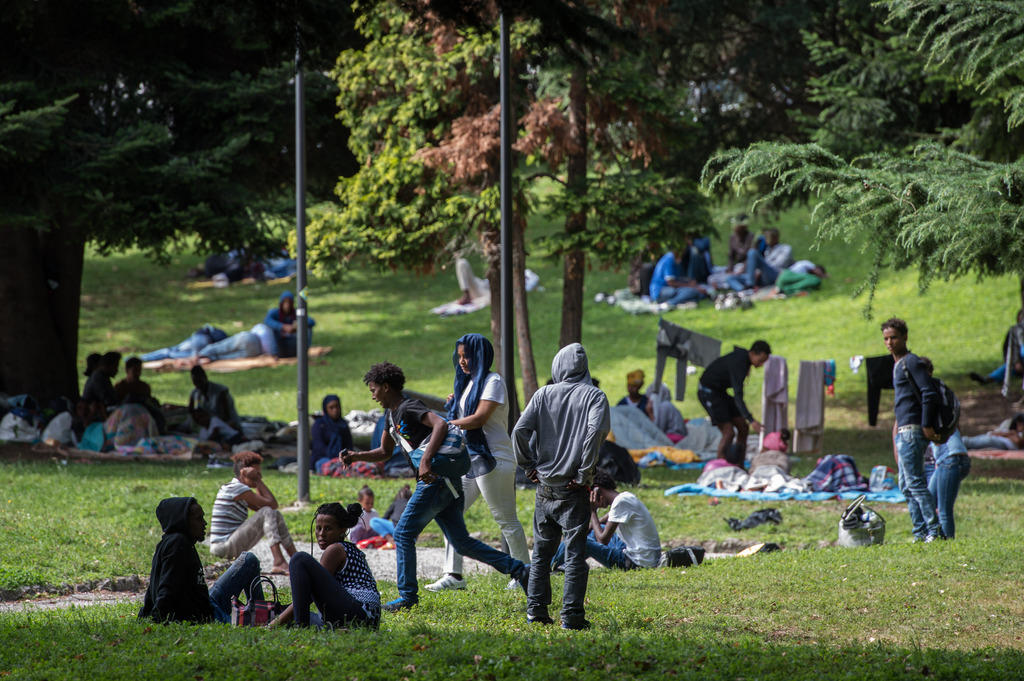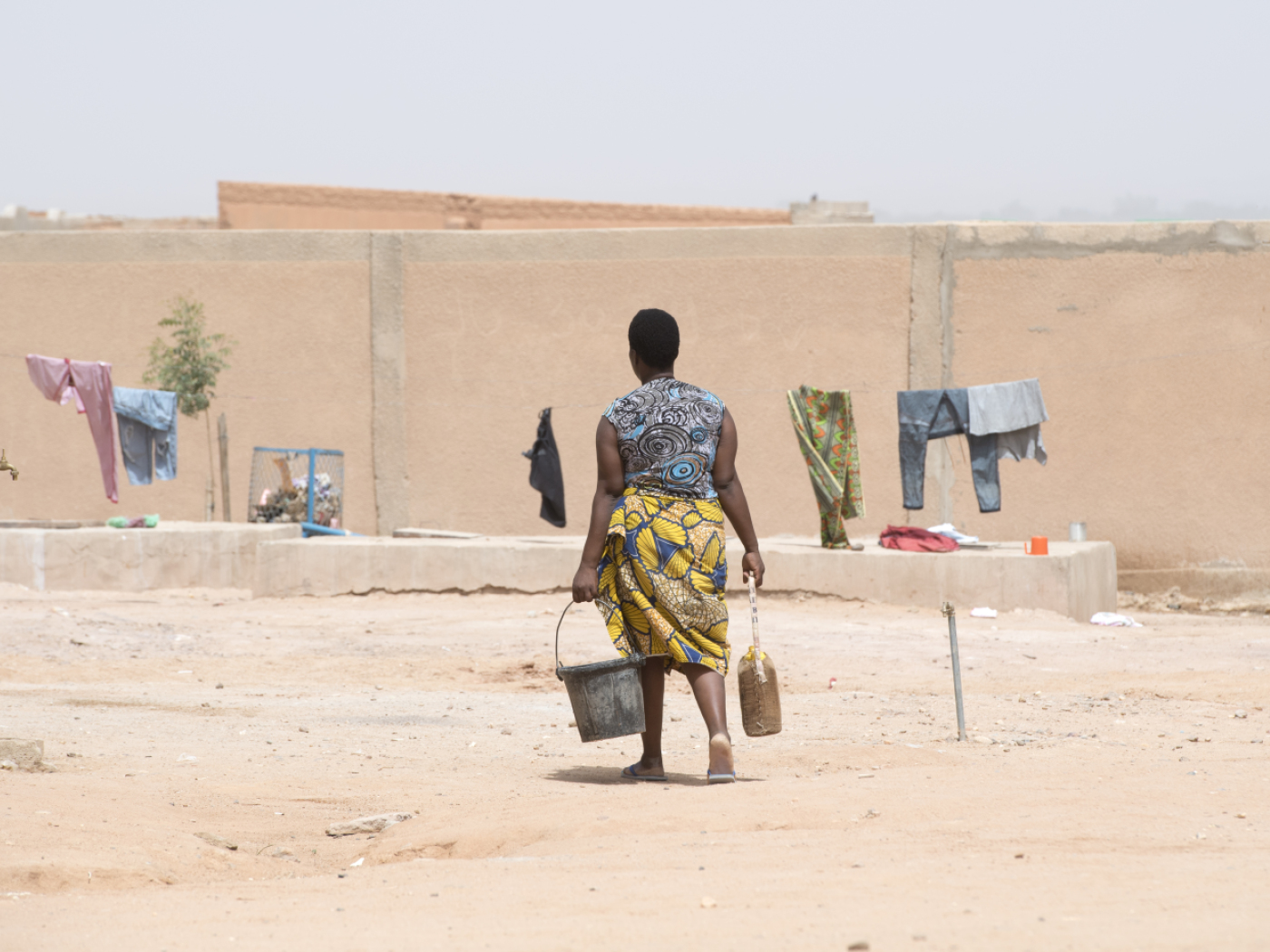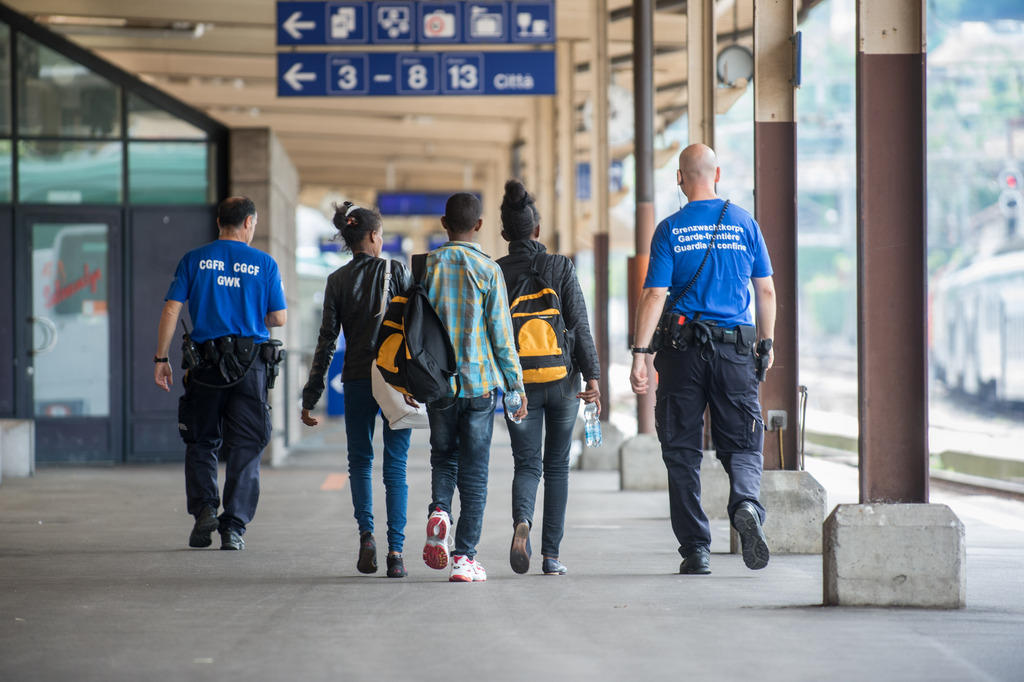Migrants stranded on Swiss border ‘hard to bear’

Swiss Justice Minister Simonetta Sommaruga has said the situation with stranded migrants on the Swiss border “should not be happening in Europe” and is difficult to bear.
Several hundred migrants have been sleeping near the train station in Como, Italy, since July after a Swiss clampdown on crossings. Guards on the Italian border turned away 4,149 people last month.
Speaking on Thursday in Bern, Sommaruga noted that many migrants do not want to stay in Switzerland but plan to travel to northern Europe or Germany. More asylum seekers are registered in Italy now and those who come to Switzerland know that they will be sent back, she added.
She said it shows that Italy has become a “more reliable partner” in the Dublin agreement, where asylum seekers are sent back to the country where they first applied. She added, however, that the situation in Como shows that Europe still does not have a proper answer to the migration crisis.
Returned to Italy
So far this year Swiss authorities have picked up 22,181 people who entered Switzerland illegally, a third of those in July alone.
That month, 3,560 people who had made it across the border into Ticino, the Italian-speaking southern canton, were immediately sent back to Italy – more than the number of people for the whole first seven months of 2015.
The Swiss Border Guard said on Wednesday that since the beginning of the year, 8,298 people had been stopped at Swiss borders, up from 3,526 people for the same period in 2015.
People are being sent back to Italy if they have already applied for asylum there, do not have valid travel papers or are not planning on applying for asylum in Switzerland. This applies to around two-thirds of those at the border.
There have been allegations that border guards are also refusing entry to those who want to apply in Switzerland. The border guards’ union denies this.
No identity
The number of illegal immigrants found in Switzerland – 22,181 – had also increased from 13,213 for the same period last year. Most of these people came from Eritrea. Many others, including those stopped at the border, had travelled from Gambia, Afghanistan, Nigeria and Somalia.
Guards could not determine the nationality for 1,284 people, who had either lost their identity papers in conflicts or the long and risky journey, or had thrown them away or hidden them.
So far this year Ticino has been the main point of entry for 60% of illegal arrivals, whose final destination is thought to be Germany or Scandinavia – although the Swiss Border Guard didn’t provide figures for this.
It is also striking that just under 85% of the 22,181 people picked up by border guards came by train. Some 13% came by road and only 2.25% by plane. Eighteen people tried to find a way into Switzerland aboard a boat.
Children affected
On Wednesday, Amnesty International warned of a build-up of migrants on Italy’s border with Switzerland and demanded clarification from Swiss authorities over reports by children that they had been sent back when trying to join their parents there.
Switzerland said the build-up was due to an influx of African migrants seeking passage to north European countries such as Germany. Any individual requesting asylum would be granted the opportunity.
Martin Reichlin of the State Secretariat for Migration said he would expect any child arriving at the border and attempting to join relatives in Switzerland to be delivered to the care of his organisation.

In compliance with the JTI standards
More: SWI swissinfo.ch certified by the Journalism Trust Initiative











You can find an overview of ongoing debates with our journalists here . Please join us!
If you want to start a conversation about a topic raised in this article or want to report factual errors, email us at english@swissinfo.ch.